-
Can't Find Answer? Ask Us
-
Upcoming Tours
-
Contact Us
+86-0971-8163350
+86-186-9724-0150
info@snowlandexplorer.com -
Travel Tips
-
Newsletter
Rongwo Monastery
Rongwo Monastery is the largest monastery in Rebkong / Tongren county in Qinghai. Located 185km southeast of Xining. The monastery has long being one of the heart of Amdo Tibet.
Rongwo Tosam Namgyel Ling or also called Rongwo monastery is the principal monastery of Rebkong. Located at outskirt of Tongren county, Huangnan Tibetan Prefecture in Qinghai Province in Amdo Tibet. The original temple was founded in 1301 by the Sakya master Samten Rinchen who was the eldest son of Dodebum, the ruler of Rebkong. The monastery initially built as a Sakya tradtion monastery, but it was converted to the Geluk tradition of Tibetan buddhism in 1630 by Shar Kelden Gyatso. The complex currently has nine temples and around 400 monk residents. It was designated as national-key Cultural Protection Unit on 1996.
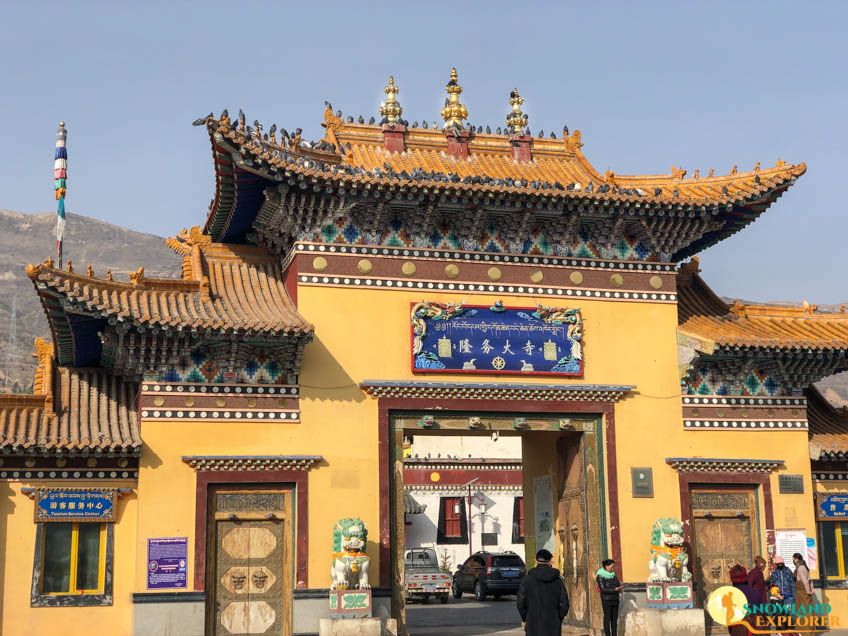
There are 35 branch monasteries of Rongwo Gonchen, most of them are in Rebkong / Tongren county. Rongwo Monastery has three colleges or Dratsang,each of which has its own assembly hall. education system, temples, administrative structure and financial system. These colleges are all come under the umbrella of Rongwo Monastery as a central, common institution. The monks attend activities of their own college as well as general activities of monastery institution.
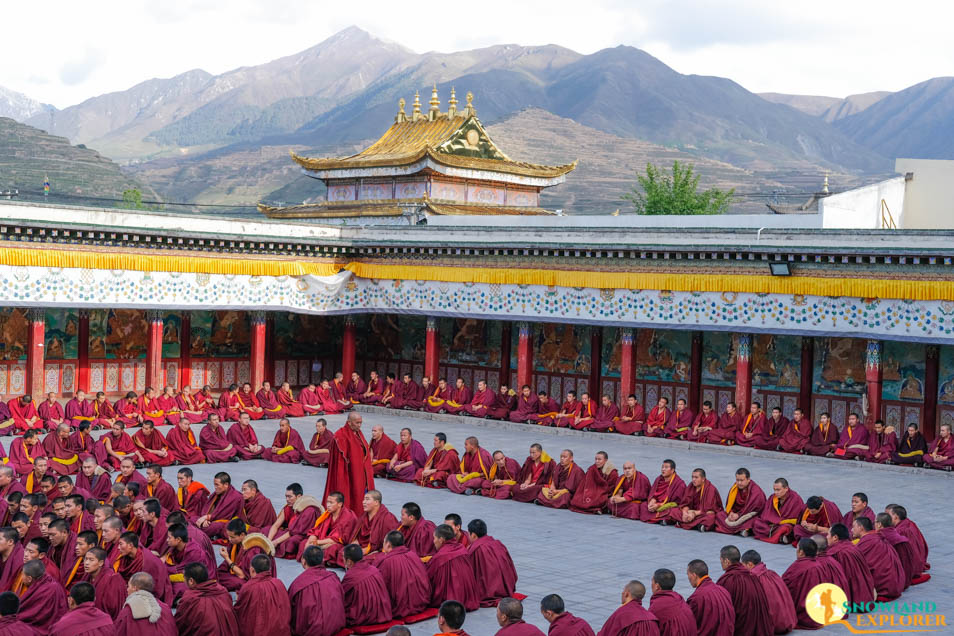
It has one meditation hermitage called Drundra Nechok Tashi Kyil and three colleges including Dialectical college, Tantric college and Kalachakra college. Among the recently renovated buildings at Rongwo Gonchen, the great assembly hall is close to the main road just behind the Haryagriva hall. There two other significant temples near the assembly hall are Mipham Chokyi Podrang dedicated to Buddha Maitriya and the Dolma Lhakhang to green Tara. The monastic college is situated further to their right.
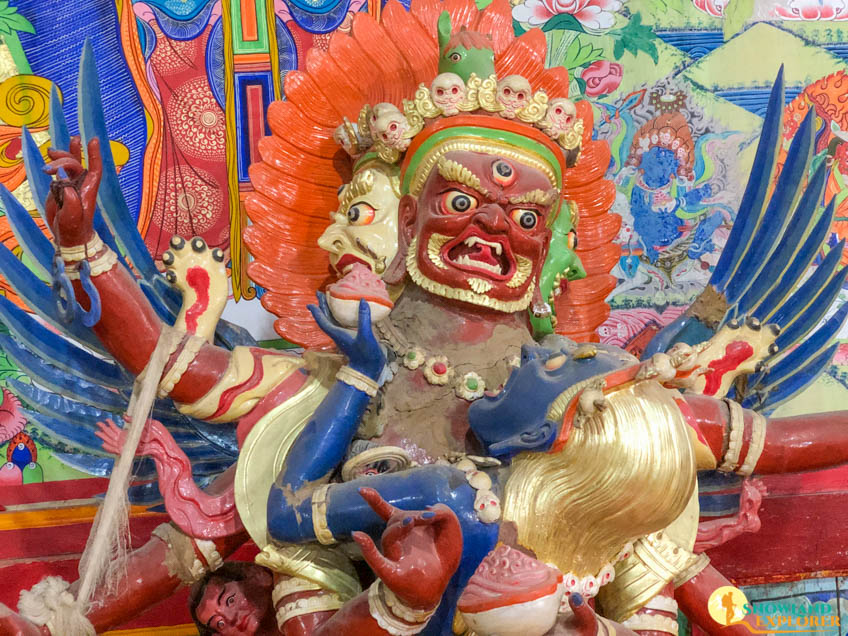
To the south and slightly uphill from the great assembly hall is the Khardong Chapel, containing the reliquary stupa of the seventh Rongwo Kyabgon Shartsang. The renovated Kalachakra college lies behind it. Far to the right of the Kalachakra college is the Jampeyang Lhakhang, the temple of wisdom buddha, with its distinctive roof, it contains an exquisitely fashioned clay image of Manjughosa, which exhibits all the best hallmarks of Rebkong clay sculpture. Above this temple is the Podrang or the residence of the present eighth Rongwo Kyabgon, the abbot of Rongwo Gonchen.
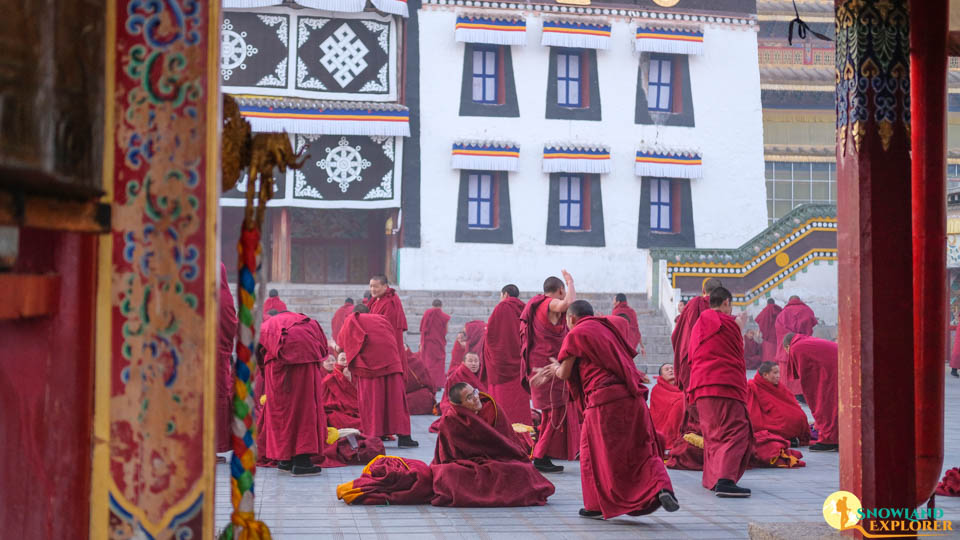
At its peak, Rongwo monastery had about 2300 monks and 43 incarnate Lamas. The economic source of the monastery were similar to those of any other monastery in Tibet. Income wa generated through its estates, patrons, private donations and mortgaging land to the farmers. The monastery was thus also an active agent in the local economy with activities such as loans, trade and other commercial ventures. Today, it is mostly rely on the donations.
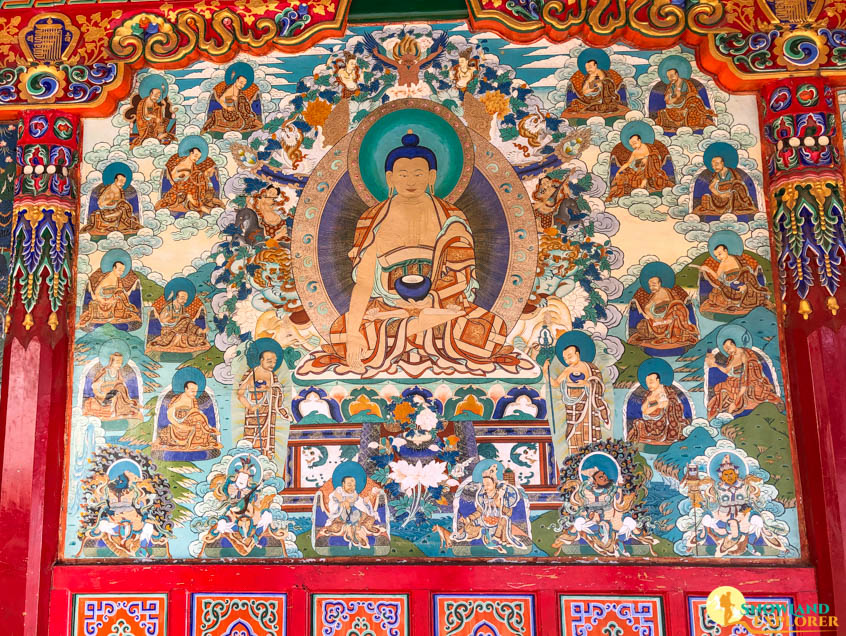
Among the eight incarnations of Shar Kalden Gyantsa, the second one is one of the most influential one. The second Shar kalden Gyatso, , received the title and seal from the 6th Dalai Lama in 1703. At the age of thirty he became the chief religious advisor of the Mongol prince Tsaghan Tenzin and his royal family and received for this recognition a seal and a certificate. In collaboration with the Nangso, at that time, he established in 1732 the Great Prayer Festival(Monlam Chenmo), based on the tradition established in Lhasa in the early 15th century. This was yet another attempt at embedding the Geluk tradition within the religious landscape of Rebkong. The number of villages who in turn were sponsors of the Great Prayer Festival, was established. Later on, the Nangso decided to give a large portion of his share of donations from the Prayer Festival to the Shar kaldan, indicating thus a shift of power from the Nangso to the Shar kaldan reincarnations.
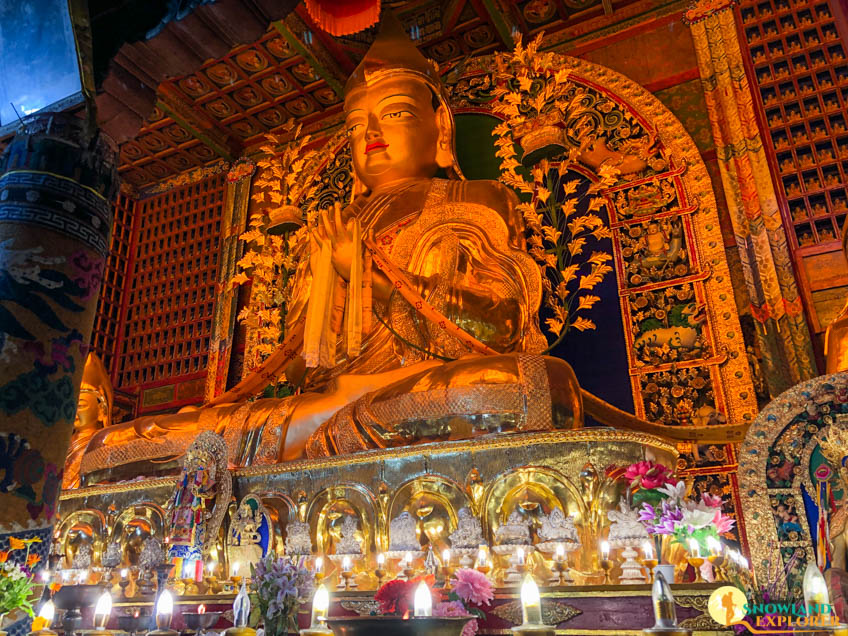
The majority of the Shar incarnations went to study in one of the great Geluk monasteries including Drepung Monastery, Sera Monastery, Garden Monastery and Tashilhunpo Monastery in central Tibet. Their long journey to central Tibet shows that although Rongwo monastery offered scholastic training. But the learning centers in central Tibet is still leading the highest level of Buddhism education in all Tibetan regions.
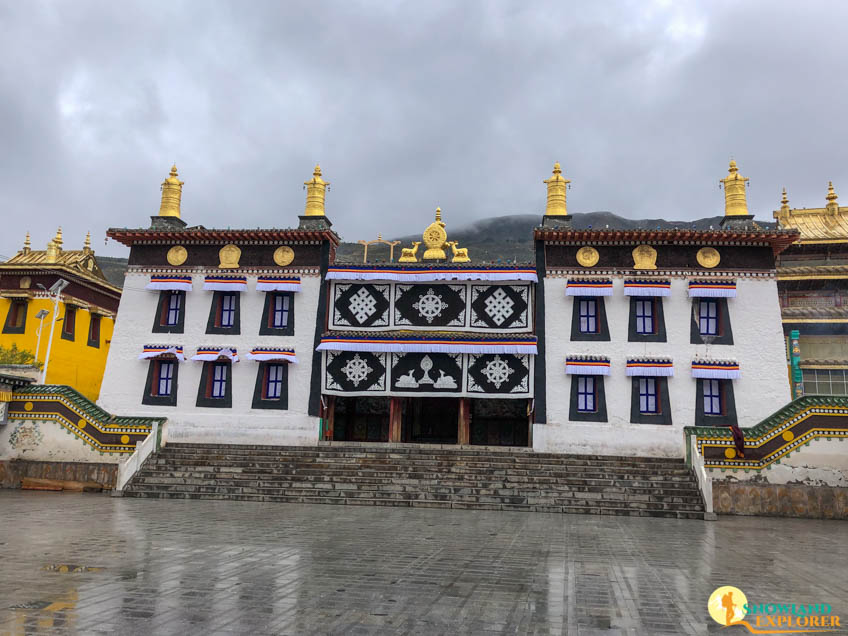
When you visit Rongwo Monastery, you need to purchase an entrance ticket to visit all the temples which costs 50Y per person. The ticket office is on the right when you entry the main gate and the only toilet available is on the left from ticket office. I said ONLY, so you know what to do.
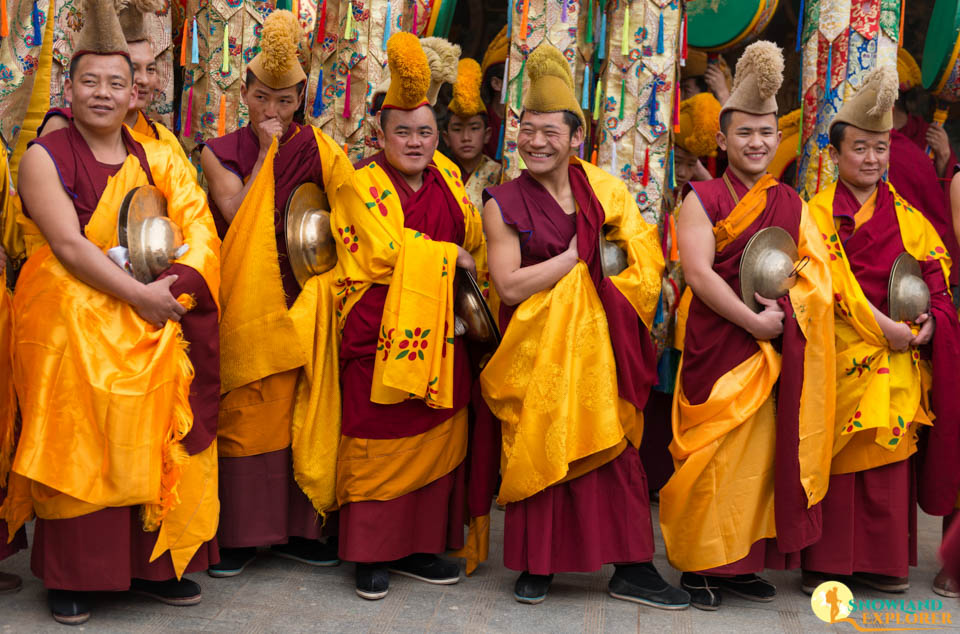
Festivals in Rongwo Monastery in Amdo.
There are several religious festivals in Rongwo Monastery in Rebkong / Tongren county. Here are the list of the festivals in timely order:
Monlam Great Prayer Festival is held from 11th to 16th of 1st month in lunar calendar.
Protective Rituals take place from 1st to 3rd of 2nd month of Lunar calendar.
The Fifth month Offering Festival is held from 4th to 6th of fifth month of lunar calendar.
Ngachoe or light offering festival is held from 25th to 29th of 10th month in lunar calendar.
There are several small festivals or rituals held in the colleges which you may lucky enough to observe one of them.
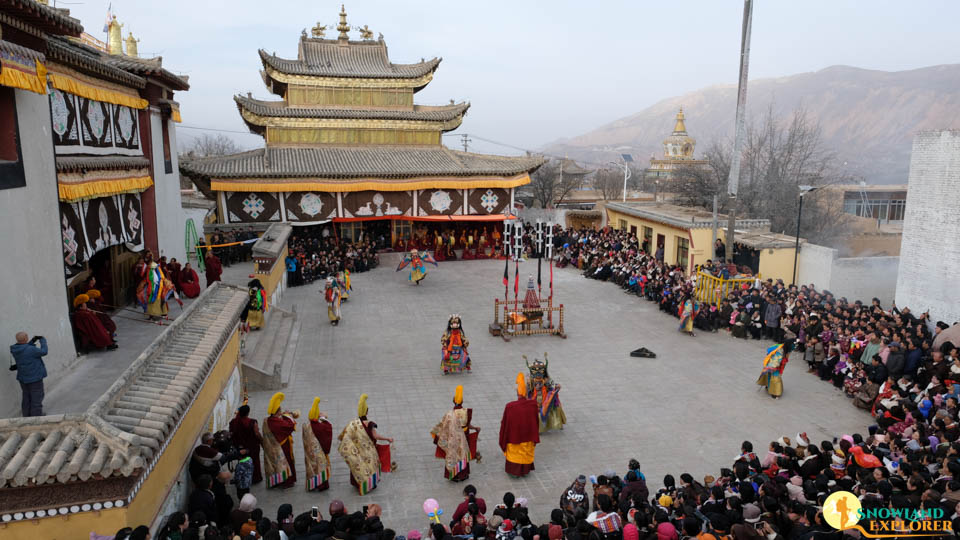
How to get to Rongwo monastery?
There are several routes and transportation options to get there.
- Travel from Xining to Tongren, you can take either public bus from Xining Bus Station located in front of train station. It takes about 3 hours and bus ticket cost 50CNY.
- The other option to travel from Xining to Tongren / Rebkong is take a smaller shared car with other 3 passengers at the Huangnan Binguan Hotel. This will cost about 50-70Y per person. If you do not want to share with others, you can pay 4 people’s seats and travel alone in the car. You can departure any time in this case.
- Travel from Labrang / Xiahe to Tongren. There are no direct bus but there are quite many cars run on this route, so you can easily find a car to travel.
Related Tours
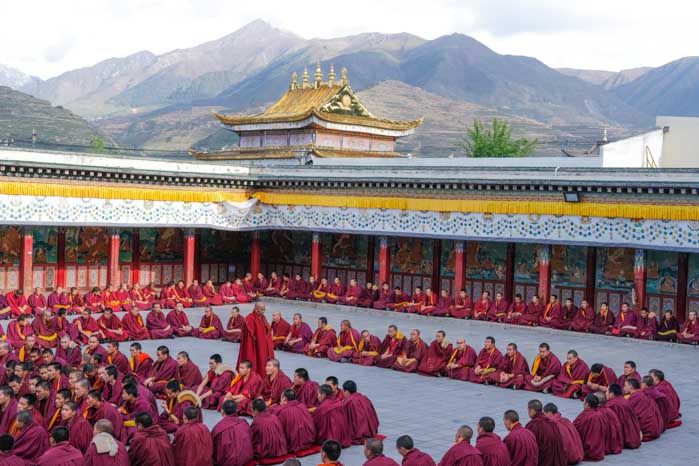
3 days Xining to Labrang Tour
Monasteries, Tibetan nomads, Tibetan culture, Plateau Landscape
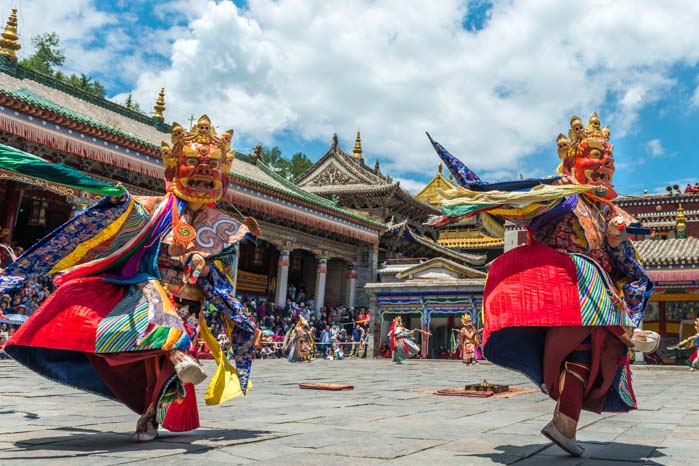
Amdo Monlam Festival Tour
Tibetan Culture, Festival and Buddhist Rituals
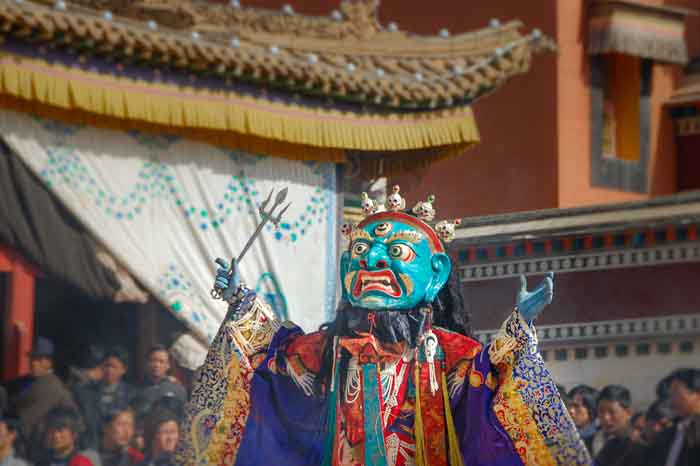
4 Days Qinghai Tour
Tibetan nomads, culture, people and temples
.jpg)
-2.jpg)


.jpg)
.jpg)
.jpg)
.jpg)
.jpg)
.jpg)